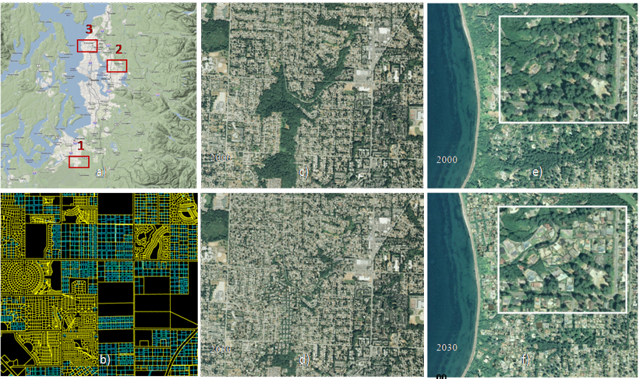14.03.2011 / DANIEL ALIAGA
Posted by mascaad2010 on Monday, March 14, 2011 · Leave a Comment
14.03.2011, 14:00, Daniel Aliaga @ CAAD, HPZ F
Chair for Information Architecture, ETH, and Associate Professor of Computer Science at Purdue University.
www.ia.arch.ethz.ch/
Computational Cities: Geometrical Modeling for Urban Design and Simulation.
This lecture addresses the growing desire to create geometrical models that design better, smarter, and more efficient cities. Cities are inherently very complex to model because they are simultaneously dense and large, spanning from a few to hundreds of square kilometers, and because their underlying structure is influenced by a very large number of hard-to quantify variables including land policies, economic behavior, transportation infrastructure, governmental plans, and population changes. In this talk, I will provide a brief overview of a new approach that blurs the boundary between behavioral modeling and geometrical modeling of urban spaces. Within computer graphics and visualization research focuses on producing complex and visually appealing 3D geometrical models from images and/or LIDAR, while urban behavioral modeling focuses on accurate urban dynamics and behaviorally-validated simulations using socio-economic data, for example. I will show how our concurrent behavioral and geometrical simulation significantly benefits the design, editing, and prediction of large-scale 3D city models. The result is the ability to generate, in a few minutes, 3D city models that resemble existing locations, to simulate urban behaviors not previously possible, to predict and visualize the outcome of urban policies and regulations, to design cities that best conform to meteorological aspects, and to consider the urban ecosystem during the design phase. I will present our latest collection of works representing the state of the art and will also inform the audience on the latest related thoughts and approaches in the field.
Daniel Aliaga’s lecture:
_
The acquisition and simulation of large urban environments is one of the great challenges of computer technology today. The goal is to obtain a digital model of large-scale urban structures in order to enable simulating physical phenomena and human activities in city-size environments. The model can be used to understand the behavior of the captured structures in several scenarios such as earthquakes, crashes, and explosions. Furthermore, the models should be able easily modifiable and extendable in order to speculate about response policies in unforeseen scenarios or to guide urban development plans supporting efficient population growth and emergency response. Rather than focus on minute environment details, the emphasis should be on modeling flexibility and on problem identification and resolution coordination in order to produce improved planification and response.
